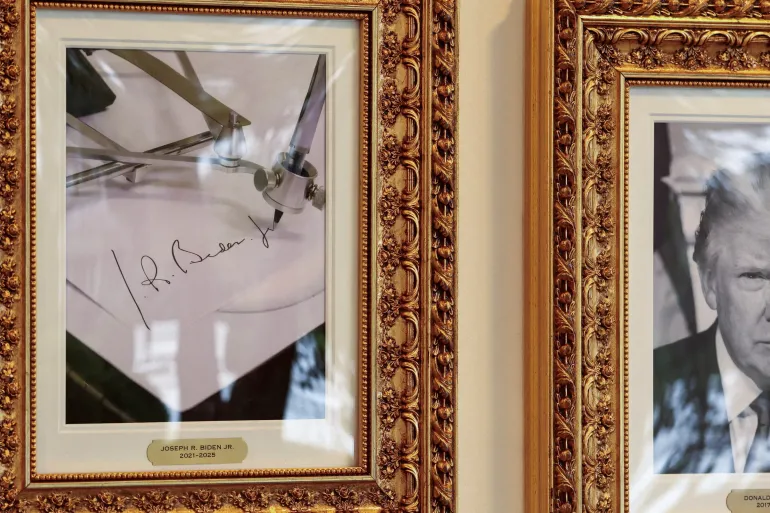Scientists Identify Hidden Asteroids Near Venus That May Pose Potential Risk to Earth

Astronomers have discovered a group of at least 20 asteroids co-orbiting near Venus—previously concealed by the Sun’s glare—raising questions about their potential long-term risk to Earth.
The study, published in Astronomy & Astrophysics by a team of researchers from Brazil, highlights how these Venus co-orbital asteroids have orbits that intersect with the inner solar system. Although their current paths are generally aligned with Venus and do not bring them dangerously close to it, their long-term trajectories remain uncertain.
“Co-orbital status protects these asteroids from close approaches to Venus, but it does not protect them from encountering Earth,” the researchers wrote.
These celestial bodies are considered co-orbital because they share a similar orbital path to Venus. However, their orbits are not uniform; only one of the 20 known asteroids has an orbital eccentricity (a measure of how circular the orbit is) below 0.38. Higher eccentricity increases the likelihood that the asteroid’s orbit could cross Earth’s path at some point in the future.
This raises concerns about potential collisions, particularly from asteroids with more elongated orbits. According to planetary defense guidelines, any asteroid at least 140 meters in diameter that approaches within 0.05 astronomical units (about 7.5 million kilometers) of Earth is classified as a potentially hazardous asteroid (PHA).
While the precise sizes of the Venus co-orbitals are still unknown, even a modestly sized asteroid—150 meters across—could strike Earth with a force equivalent to hundreds of megatons of TNT, experts noted. For comparison, this would be thousands of times more powerful than the atomic bombs used during World War II.
Researchers also noted the chaotic nature of the asteroids’ movements. Their orbits are so unpredictable that scientists can only reliably forecast their paths for approximately 150 years—a timeframe known as the Lyapunov period, after which the orbits become increasingly uncertain due to gravitational influences and other dynamic factors.
“The co-orbital asteroids of Venus are highly chaotic,” the authors explained. “This makes it difficult to predict their long-term paths or assess the precise level of risk they may pose.”
Detection of these asteroids is also complicated by their location. Because they remain close to the Sun from Earth’s vantage point, standard ground-based telescopes struggle to observe them. As a result, the researchers suggest that better observations might be achieved through missions positioned in Venus’s orbit, ideally oriented away from the Sun.
“Observations conducted from Venus’ orbit, positioned facing away from the Sun, may enhance the detection of these bodies,” the researchers noted.









The latest news in your social feeds
Subscribe to our social media platforms to stay tuned